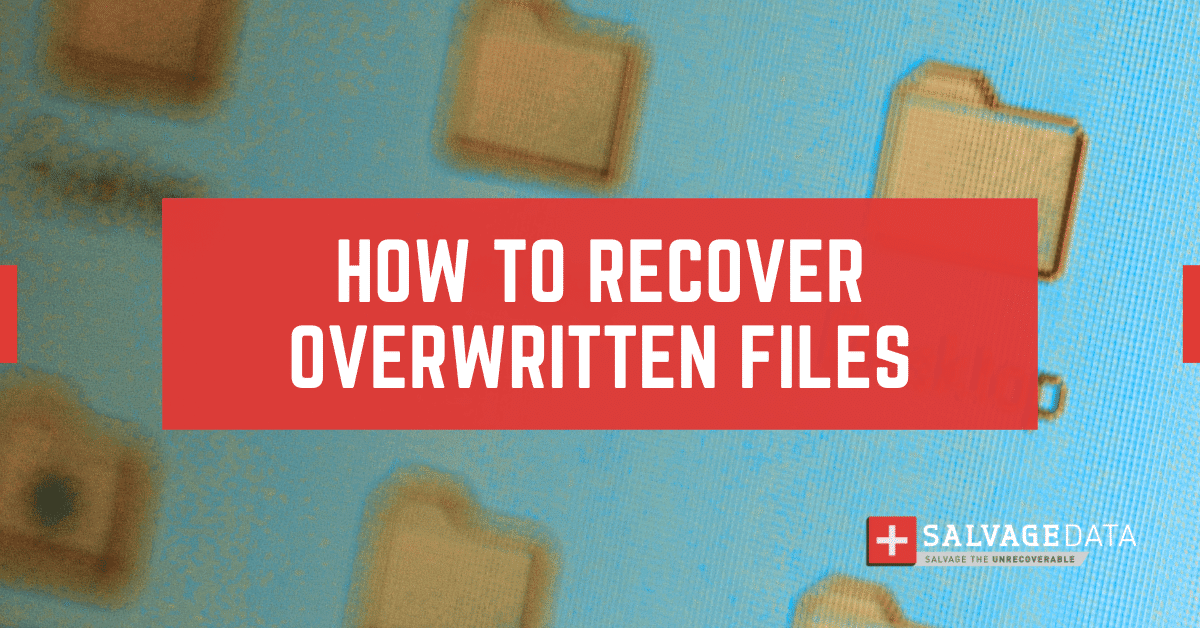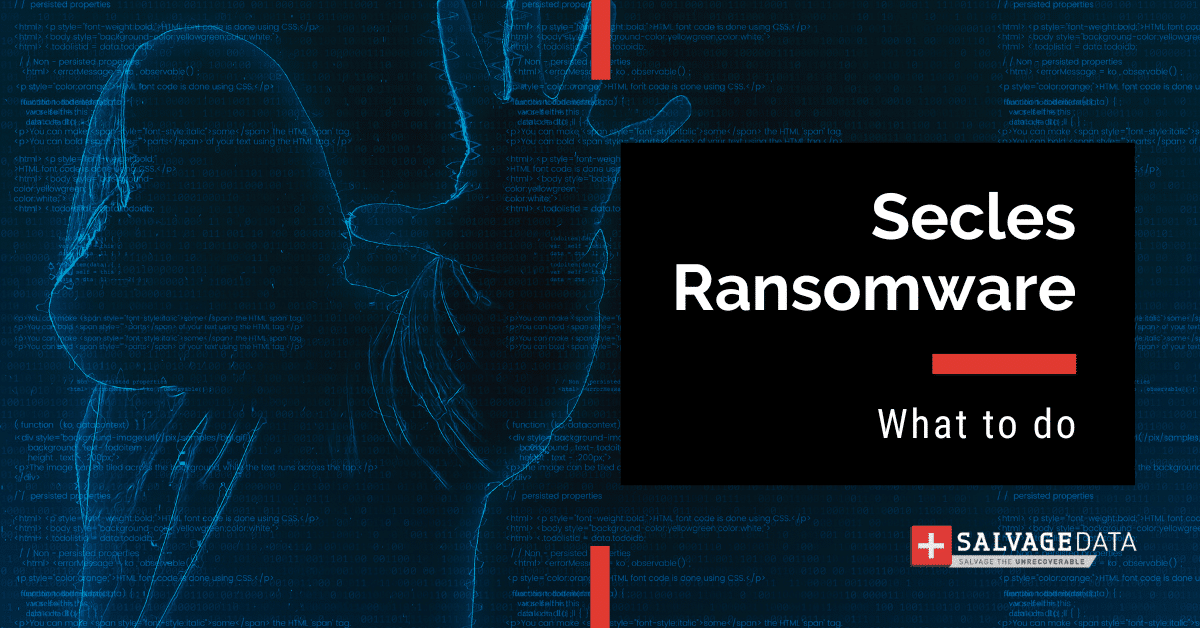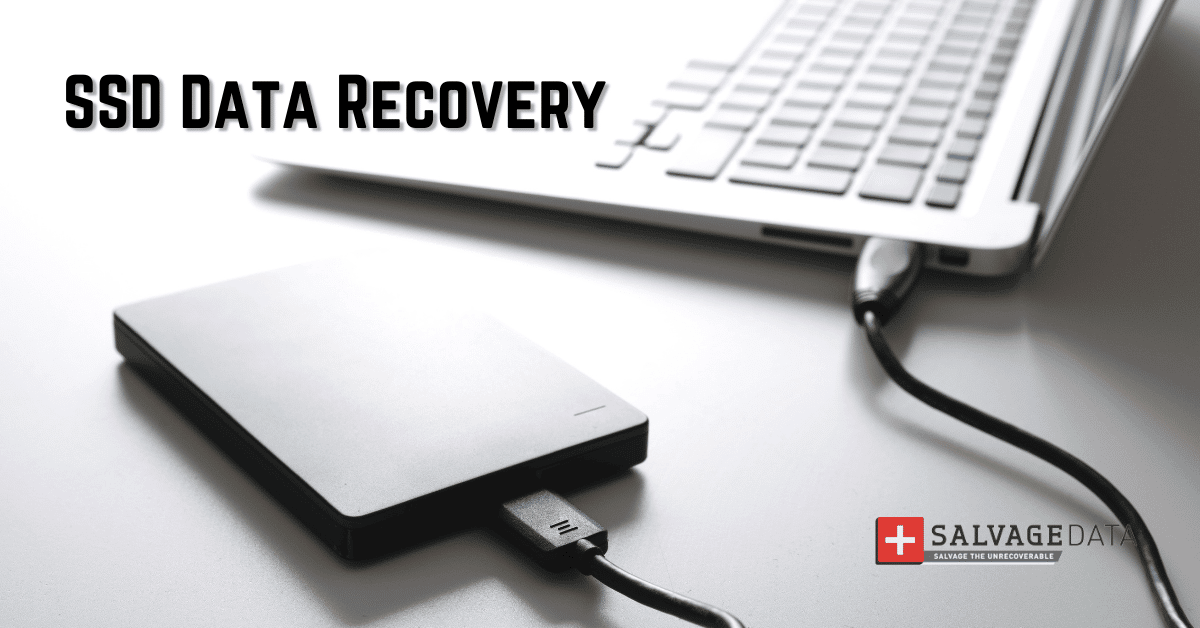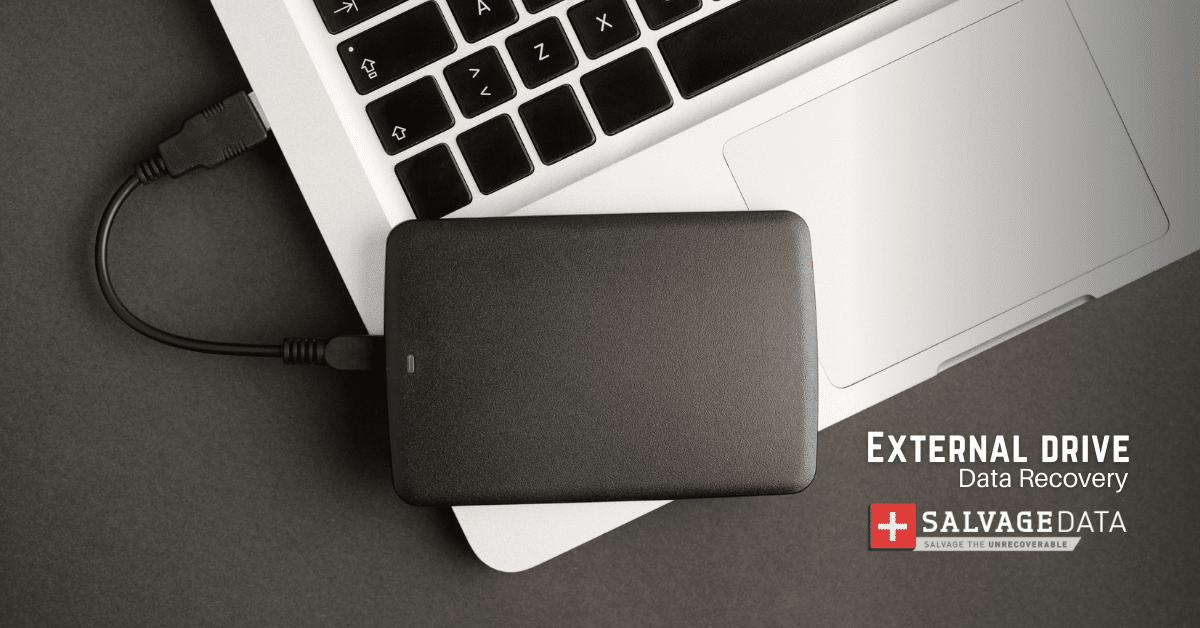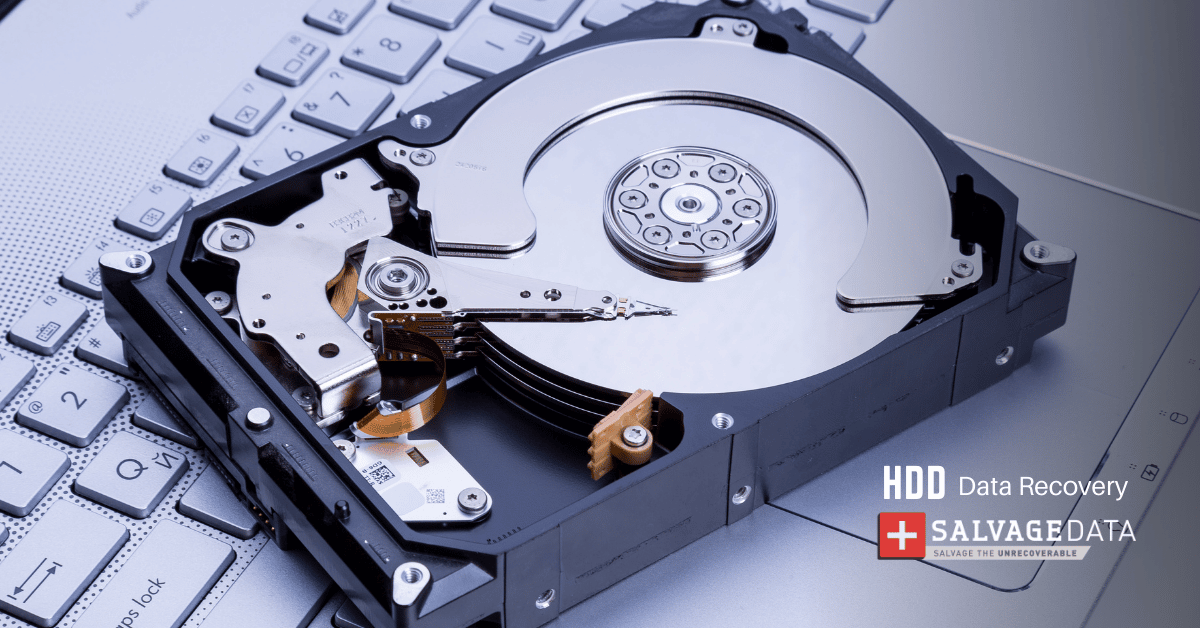Recent Articles
How To Recover Overwritten Files
The Snowflake Data Breach: A Comprehensive Overview
Mac Not Recognizing External Hard Drive: Quick Fix Solutions
How Multi-Cloud Backup Solutions Can Prevent Data Disasters
Capibara Ransomware: What is it & How to Remove
What Should a Company Do After a Data Breach: The Ticketmaster Incident
Secles Ransomware: Removal Guide
What To Do When Your Chromebook Freezes
How to Create Hyper-V Backup
What Is The Best Data Recovery Software For PC

I think there's an issue with my storage device, but I'm not sure Start a free evaluation →
I need help getting my data back right now Call now (800) 972-3282
SSD endurance is a key concept to understand when purchasing a solid-state drive (SSD). It refers to the ability of an SSD to withstand sudden shocks and other environmental conditions, making it more resistant to failure over time. It’s one of the pros of an SSD vs.HDD.
For the consumer, this means increased durability which can lead to higher prices. Knowing about the importance of endurance will help you make an informed decision and select an SSD that best fits your needs and budget.
Choosing the right SSD is certainly not an easy task. Among others, when buying a new solid-state drive you must:
- Get the right form factor so that the drive will fit in your machine;
- Select an interface (SATA, SAS, or NVMe) to make sure everything works properly;
- Choose the right capacity for your purpose (always leaving 15% of it for the operating system;
- Check the read/write speed needed to accomplish the tasks;
- Make sure the total number of terabytes written over time (TBW), the SSD lifespan, and the endurance are more than enough for your needs.
Top Summary: Learn what SSD endurance is, how it’s related to SSD lifespan, and its importance when choosing a new drive. Plus: learn how to calculate a solid-state drive endurance.
What is SSD endurance?
SSD endurance refers to the total data that an SSD can write under its warranty time, often specified in “TBW” or “DWPD”.
Solid-state drives work with NAND flash memory and it stores data in blocks. SSD endurance is how many program/erase cycles can be applied to a block before it becomes unreliable.
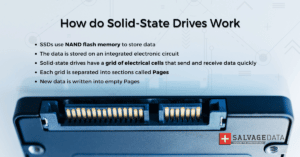
To understand this a little better, let’s see the meaning of some of the SSD acronyms and specifications that impact SSD endurance.
TBW and DWPD
TBW stands for terabytes written. It measures the total data that could be written to the SSD during its lifespan.
DWPD signs how much the driver writes per day. It measures the number of times you could overwrite the entire drive each day during its warranty period.
Think of it this way: an SSD is like a piece of paper that you use to write on. When you write or erase something on paper, it gets worn out after being used for some time. The same thing happens with SSDs: they have a limited number of times when you can save or erase data in each cell before it starts to degrade and won’t work properly anymore.
Manufacturers use DWPD (Daily Writes Per Day) and TBW (Total Bytes Written) to calculate how long an SSD will last. This way, if a 1TB drive is marked at 1 DWPD, you can write 1TB of data every day during the warranty period (usually around 3-5 years).
You can convert 1 DWPD to TBW with a simple equation:
TBW = Capacity (TB) * DWPD * 365 * Warranty (Years)
P/E cycle
P/E cycle stands for program/erase cycle. A cycle is each time a block is written and erased and it reflects the life of an SSD. That’s because the number of P/E cycles the NAND can endure is how long the drive can last.
Meaning: your SSD blocks can be written to a finite number of times. Once this number is reached, it’s impossible to write new data.
MTBF
MTBF is the mean time between failures. It’s calculated as the average time that the SSD can read/write data until it fails.
The MTBF is expressed in hours. When you see a high MTBF, the more reliable the SSD is.
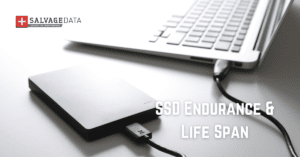
Why is it important to know about SSD endurance?
There are several reasons why you should pay close attention to SSD endurance when buying a new drive. And it’s related to solid-state drive’s longevity and reliability.
- The integrity of your data depends on it.
When an HDD is failing it gives signs such as noises (squeaking, buzzing, clicking) or the data on it gets corrupted or lost. Solid-state drives, on the other hand, give no warning. Having an estimated time frame helps you to keep your data safe. And understanding DWPD and TBW gives you that assurance.
- Understanding manufacturer specifications.
Learning the SSD specifications also helps you make an informed decision as to which drive suits your goals and requirements best.
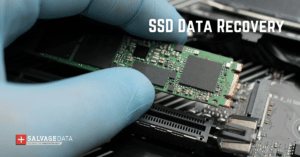
How to increase SSD endurance and lifespan
- Set up a Maintenance Schedule that includes periodic TRIM commands. TRIM helps an SSD maintain its performance over time by optimizing its data storage capacity, which in turn increases its lifespan.
- Avoid temperature extremes. Operating your SSD beyond its temperature specifications can lead to decreased performance and premature failure, so try to keep temperatures within the manufacturer’s range of operation at all times.
- Disable SSD defragmentation. If you’re wondering if you should defrag your SSD, take this advice: SSDs don’t need defragmentation. Disable it to guarantee a longer life for your SSD.
How to check SSD health
Checking the health of an SSD is important to ensure it is performing optimally and can help indicate whether a drive should be replaced. It also helps you to change configurations to increase your SSD durability.
You can perform a S.M.A.R.T. of your SSD or use third-party software to check your SSD health.
TL; DR: SSD endurance is a measure of how long an SSD will last, expressed in terms of DWPD (Daily Writes Per Day) and TBW (Total Bytes Written). It’s important to understand this concept when buying a new drive as it helps you make an informed decision. You can increase the lifespan of your SSD by setting up periodic maintenance, avoiding temperature extremes, and disabling defragmentation.
For more than two decades, SalvageData has been providing exceptional data recovery solutions for a wide array of devices. Our experts offer secure SSD data recovery service, with a “no data, no money” policy.
Contact one of our data recovery specialists 24/7 for a free consultation on your case so we can get your data back to you as soon as possible.

